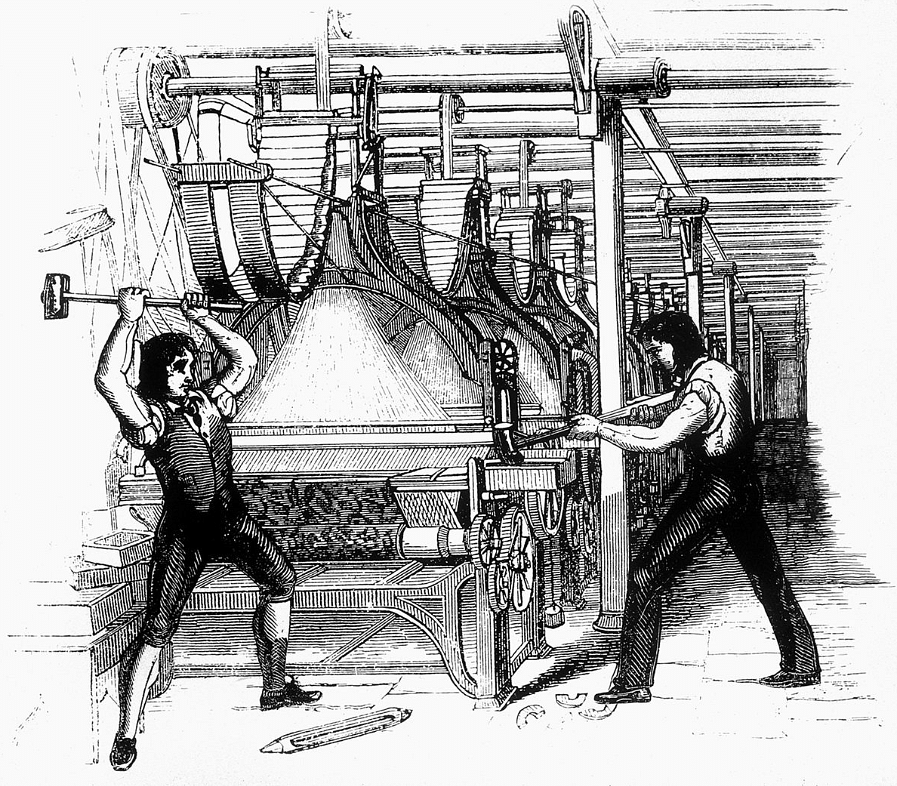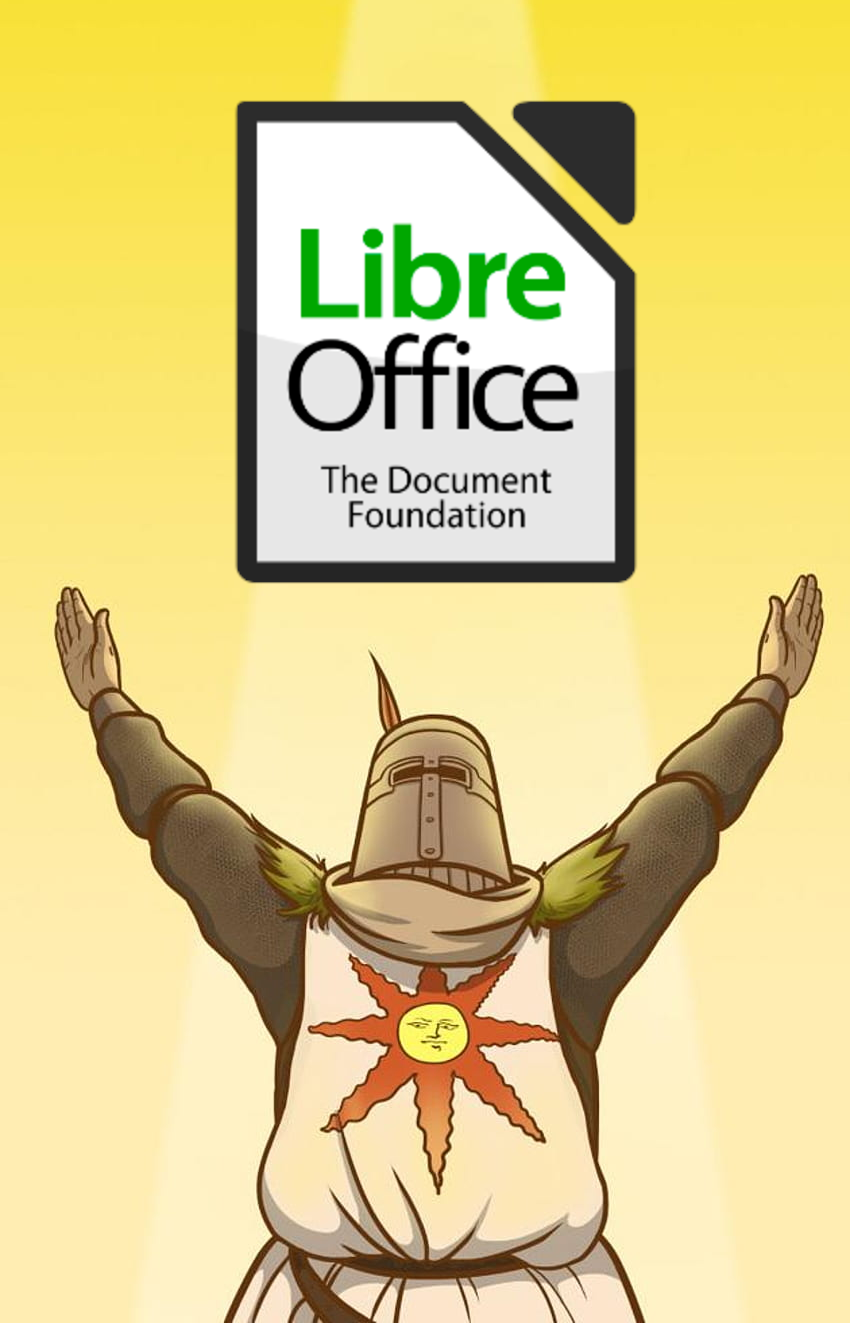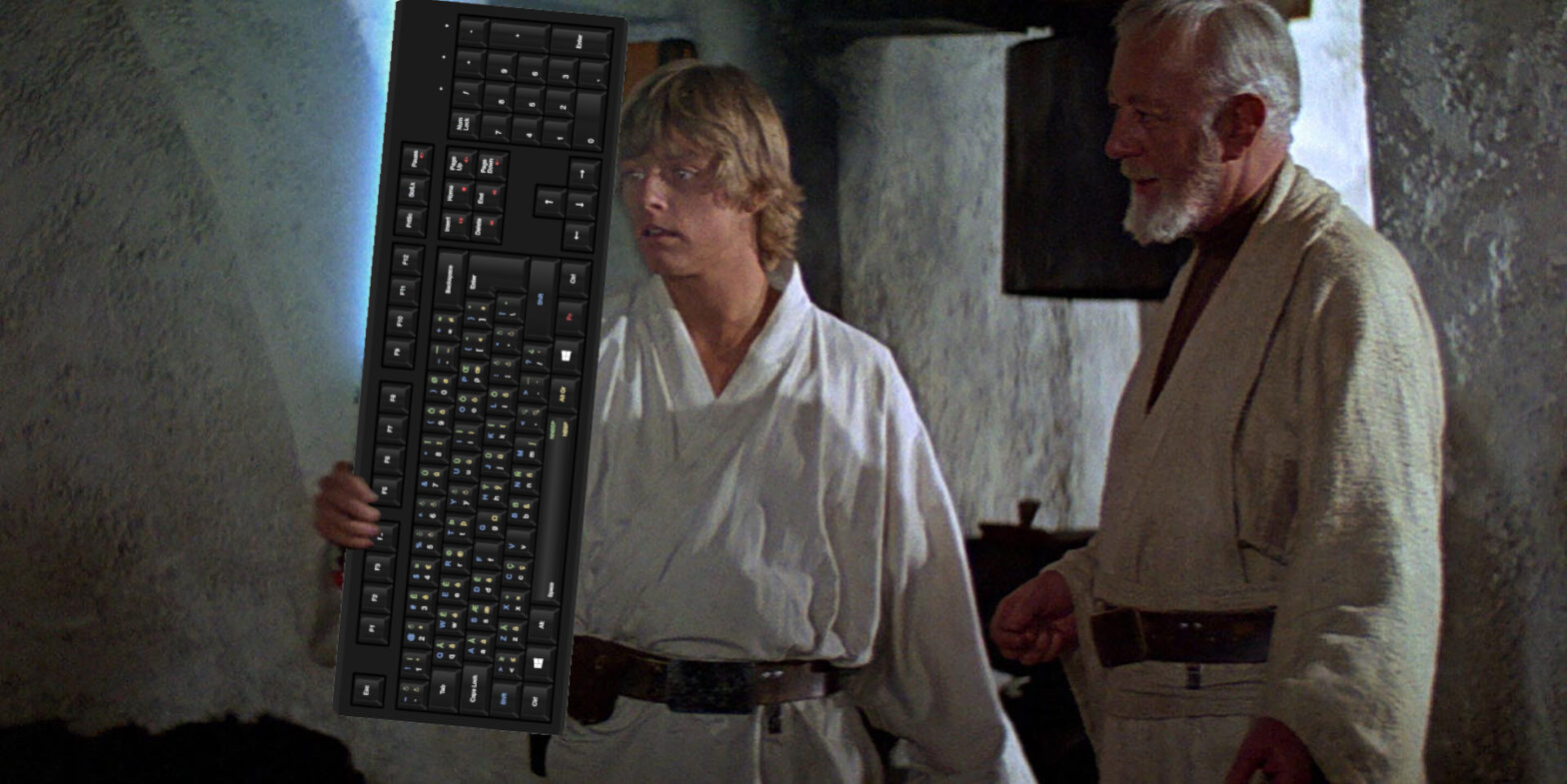As a freelancer at the beginning of their career, you always sort of have to do self-promotion, to make sure you’re visible, etc. Social networks seem to be a good tool for that. For instance, among all the scribblers and ink slingers I am now a part of, a microblogging network such as X (formerly Twitter) has long felt unavoidable. But as every other tool, it is not neutral, and its recent evolution is extremely alarming.
Indeed, early this week, on January 20, the inauguration of Donald Trump happened, and the 47th President of the United States brought to the government far-right billionaire Elon Musk (who supports the AfD in Germany and does nazi salutes to “throw his heart to the crowd”). That’s why the HelloQuitX initiative, launched by members of the CNRS, has picked this very day to incite everyone to leave X, which Musk acquired in 2022. Now he’s part of the United States government, the billionaire answers even less to their justice department, and can freely manipulate the network’s algorithm to suit his sordid political ends. Indeed, under the guise of “freedom of speech”, X has been flooded by extreme speech and fake accounts that make it more or less unusable. Besides, for some people, remaining on X also means refusing to oppose Musk’s fascist turn. That is the reason why many famous media outlets decided to quit it.
Quitting X, then. Why not? But to go where?







